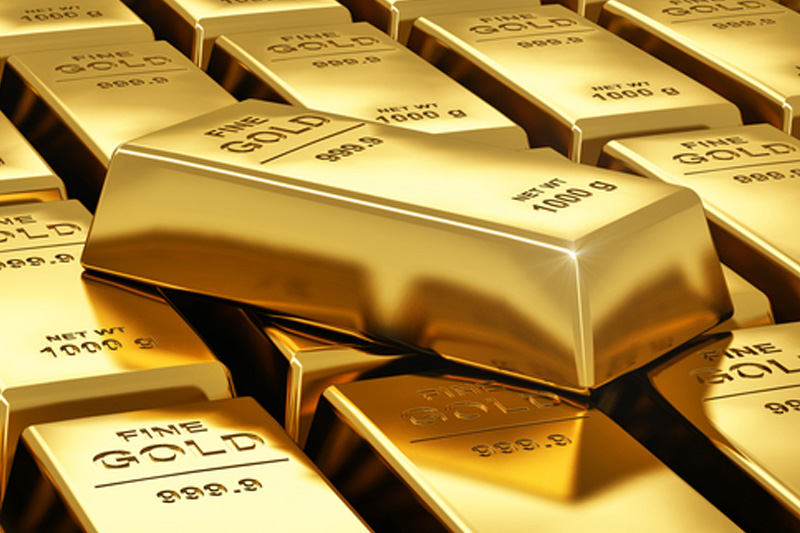By Barani Krishnan
Investing.com - The geopolitical trade in gold saw more fervor on Monday as simmering tensions in the Middle East and dismal European data prompted longs to drive the yellow metal to two-week highs.
Reports suggesting poor progress in U.S.-China trade talks also helped futures and spot prices of gold advance strongly in the $1,500-per-ounce territory.
U.S. gold futures for December delivery settled up $16.40, or 1%, at $1,531.50 per ounce on the Comex division of the New York Mercantile Exchange. The session high was $1,534.35, a peak since Sept. 6.
Spot gold, reflective of trades in bullion, was up $6.94, or 0.5%, at $1,523.71 by 2:58 PM ET (18:58 GMT). It earlier hit a two-week high of $1,526.88.
“Everywhere we look, we have geopolitical tensions blowing up, from the Middle East after the Saudi attacks, to Europe with its never-ending Brexit, and hot spots elsewhere like Venezuela and Argentina,” said George Gero, managing director and precious metals analyst at RBC Wealth Management.
“Gold is the one safe haven everyone runs to in times like these,” Gero added. “All this will keep gold in a base range of $1,500-$1,550.”
Crude prices were also trading higher in New York’s afternoon session on the notion that this week’s U.N. General Assembly might not produce any outcome that will defuse tensions in the Middle East.
In a surprising development on Monday, Iranian President Hassan Rouhani said he will unveil a peace plan for the Persian Gulf region at the U.N. assembly.
But at the same time, Iranian Foreign Minister Javad Zarif reiterated his caution that Iran will resort to an “all-out war” if it is targeted by the United States or Saudi Arabia over the Sept. 14 attack on Saudi infrastructure. Yemen-based Houthi rebels have claimed responsibility for the attack, but the U.S. has accused Iran, which has denied the charge.
A Chinese trade delegation abruptly canceled a visit on Friday to U.S. farms in Montana, cutting short their U.S. trip, Reuters reported. The trip was to prepare for further negotiations between senior officials next month.
Investors had earlier expected a potential cooling off of U.S.-China trade tensions as the two sides gear up for talks. But the sudden change in the trip dampened investor hopes for a breakthrough in the negotiations.
Earlier, IHS Markit’s monthly purchasing managers' indexes had suggested the eurozone economy was close to stalling at the end of the third quarter, as months of weakness in manufacturing started to spill over into the services sector. German manufacturing, a regional bright spot for the last decade, contracted at the steepest rate since 2009.
Analysts at J.P. Morgan said they expect gold at $1,780 by the end of next year, saying the risk of a recession was not fully priced in yet.
